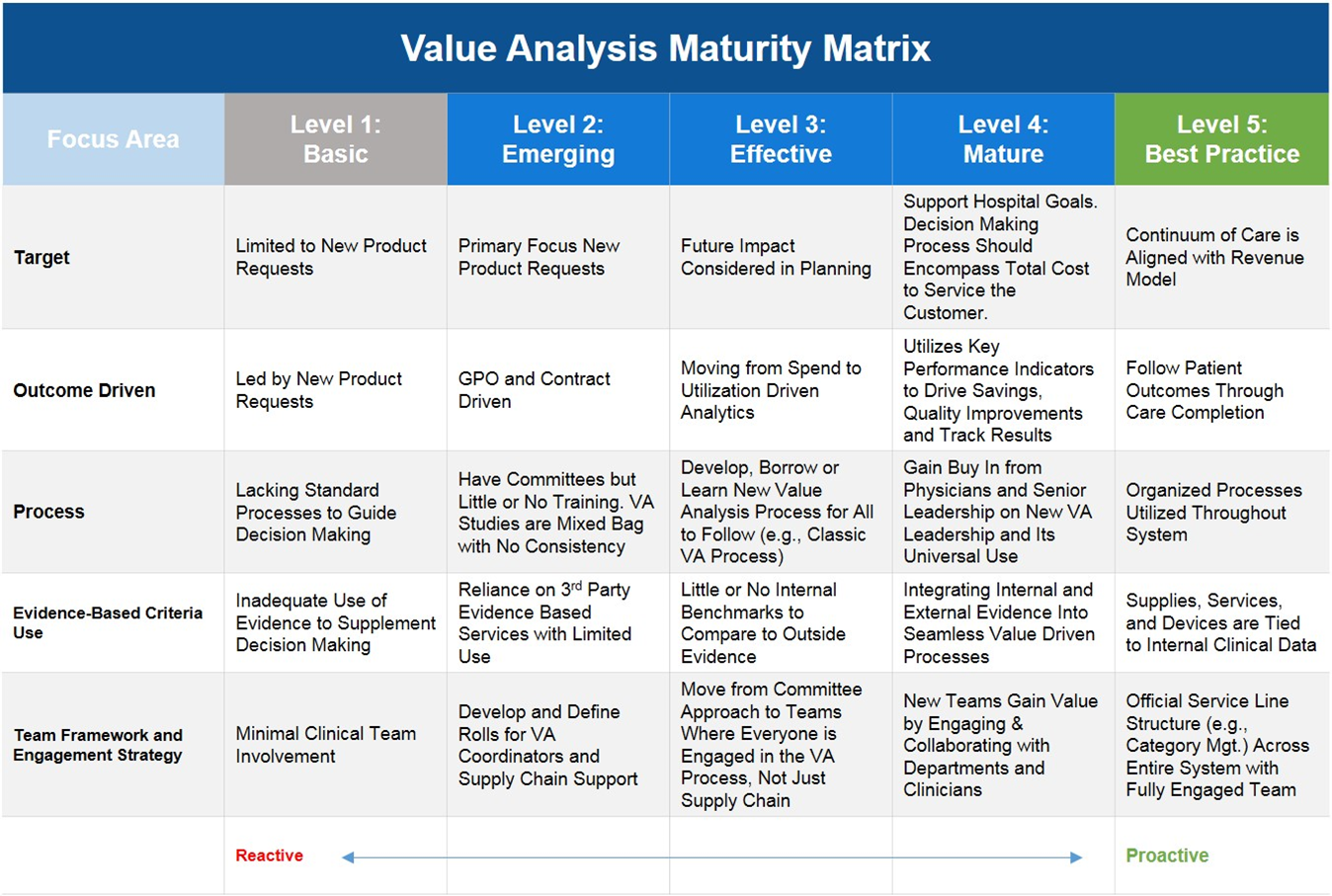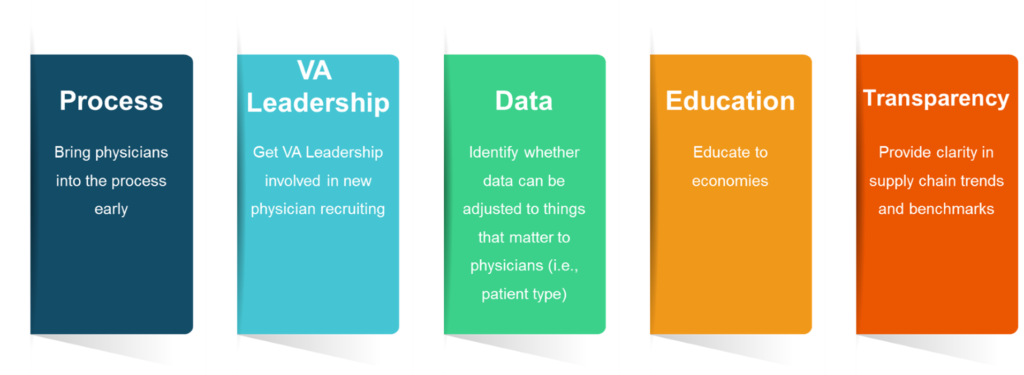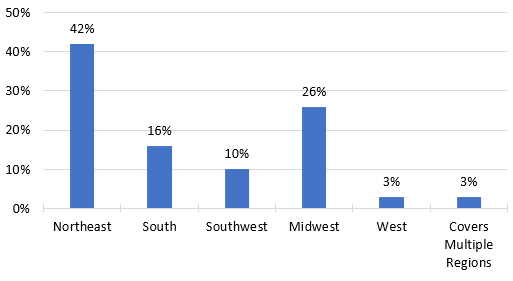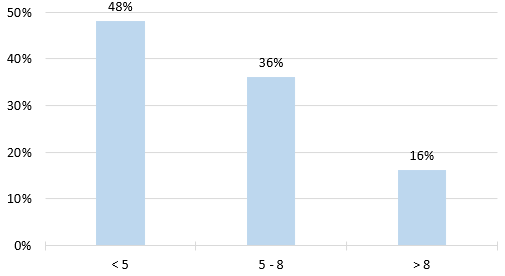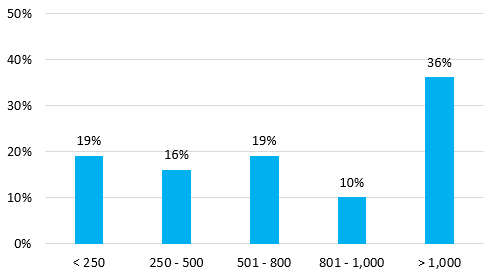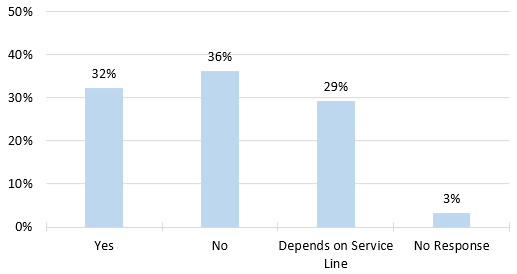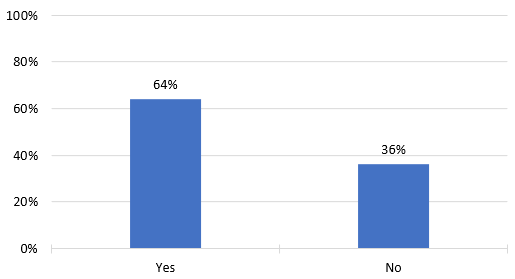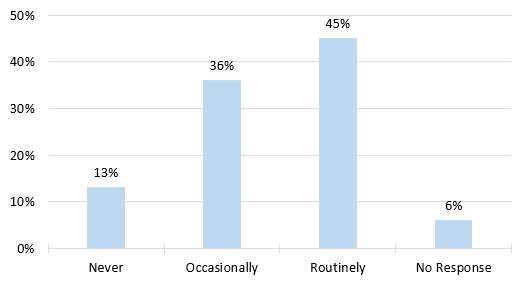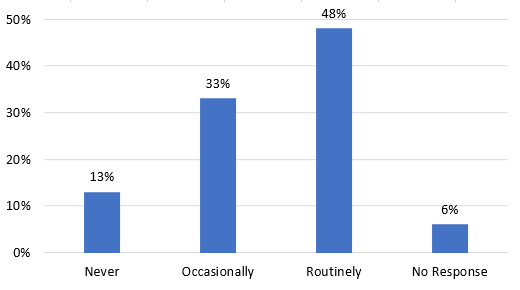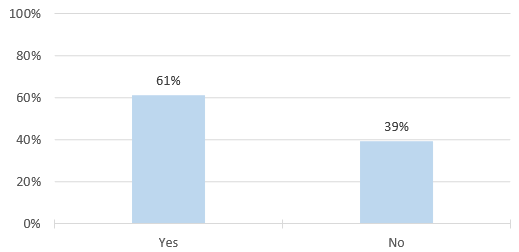Maureen Hazen-Fritsky, RN, MHA, Independent Healthcare Consultant
Amy Carroll, RN, MBA, CVAHP, Nuvance Health
Robert Andrzejewski, MSE, Independent Management Consultant
Introduction
How do we merge our value analysis processes? That was a question proposed by the value analysis manager at Nuvance Health, a newly created health care system consisting of seven hospitals from Western Connecticut Health Network and HealthQuest that serves residents across New York and Connecticut.
The first step was to research best practices for value analysis. Research consisted of reviewing 21 articles and conducting value analysis staff interviews via questionnaires/phone. The goal was to use these findings to assist with the creation of a system value analysis process.
According to Merriam-Webster, best practice is defined as a procedure that has been shown by research and experience to produce optimal results and that is established or proposed as a standard suitable for widespread adoption.
Achieving best practices should help organizations mature their value analysis process to achieve increasingly greater process rigor, physician engagement, and savings. To follow are a highlight of eleven value analysis best practices that were identified.
Value Analysis Best Practices
1. Value Analysis Team Maturity Level
- Assess the hospital/system’s level of maturity with value analysis. There are various published value analysis maturity scales; pick one that meets your needs. Examples of maturity scale focus areas for review can be:
- Price focused
- Cost reduction with standardization
- Quality assurance and waste reduction
- Team focus
- Outcome driven
- Use of evidence
- Team structure
- Value analysis team maturity improvement should be monitored routinely
- Within the selected focus areas, indicators should be created. An example is below:
Fig. 1 Value Analysis Maturity Assessment Matrix
2. Leadership
- Obtain strong executive oversight and support for the value analysis process
- Take ownership and champion the idea of value analysis as a culture and way of business
- Should ensure the work gets adequate attention and remove any barriers
3. The Team/Members
- Value Analysis team members should receive training in the concept of value analysis to include change management techniques and appropriate use of available tools
- Establish “champions” as the mobilizers of change
- Communicate, promote, and support team decisions
4. Team Structure
- Value analysis needs a structure to achieve goals and objectives. Hospitals interviewed and literature reviewed reinforced experiences that all organizations are structured differently, but whatever the structure the goals remain the same — patients, outcomes and savings. There does not appear to be a “best practice” structure in the literature. Although, there are some specifics within the organizational structure that are considered best practice and should be included.
- According to HealthTrust, Value Analysis is intended “to provide an interdisciplinary forum consisting of representatives from the clinical and non-clinical areas for the systematic review, evaluation, and decision making regarding clinical products and equipment that is consistent with ‘best practice’ and quality clinical care.” Approximately 64% of the hospitals interviewed are primarily only looking at clinical items.
- Value analysis authors stated, “Having the opportunity to visit many medical centers and speaking with numerous value analysis experts, one of the most important links in the value analysis organizational structure that is commonly missing includes a steering committee.” The executive steering committee’s function is to guide and direct value analysis teams and create an environment that will support the process and change. Approximately 39% of the hospitals interviewed do not have any oversight/steering committee.
5. Physician Involvement
6. Accountability
- Develop a culture of shared accountability
- Structure aligned incentives and work side-by-side to drive impact
- Develop accountability measures for stakeholders (individual and group) and recognize success
7. The Process
- Do not make the process too difficult or users will find a way around it
- Utilize team meeting time wisely
- Stay focused and have data prepared in advance
- Do not get slowed down by any one initiative
- Maintain a proactive, not reactive, value analysis process
- Examine what products are used within procedures looking at cost, quality, and outcomes
- Increase outcome measurements to include: Patient, financial, and workflow
- Incorporate evidence-based practice into the review process
- Automate new product requests and tracking
8. Data
- Identify objective metrics that are indicators of both process and outcome success
- Create a foundation of robust accessible data to rely on
- Have real time data in an organized, structured, and cleansed format
- Consider internal, external, and GPO-based solutions that can provide decision support around cost, quality, and outcomes
9. Knowledge Management
- Maintain a centralized database to be shared with internal and external collaboration partners so not to continuously reinvent the wheel
10. Communication
11. Continuous Monitoring
- Monitor, monitor, monitor
- Ensure work continues beyond decision and implementation
- Establish guidelines/criteria for which initiatives you will track until you are sure the opportunity is optimized and changes are sustainable
Survey Results Summary
Thirty-one hospital value analysis representatives answered a survey regarding their current value analysis practices. Below are the results:
Hospital Region
Number of Value Analysis Teams (not including ad-hoc)
Hospital/System Bed Size
Number of Staff Dedicated to Value Analysis
(not including part-time staff from various departments, i.e. finance, decision support, materials management)
Do You Primarily Look at Pricing of Products and Practices?
Do You Have Difficulty Getting Physicians Involved with the VA Process?
Does Your Value Analysis Process Focus Primarily on Clinical Items?
Do You Look at Outcomes When Appropriate?
Do You Look at Evidence-Based Research When Appropriate?
Does Your Value Analysis Team Report to an Executive Oversight Team?
Conclusion
During the value analysis representative interviews, it was obvious many people understand where they should be for best practice but struggle to get there. A common theme was lack of administrative support and/or resources.
Hospitals must adapt to the constantly changing environments which affect their supply chain. To be prepared and effective, a structured value analysis process must be implemented. Such processes and structures may be unique to organizations but as value analysis teams are created, their leaders should look at standard sets of best practices to fit into each organization’s operations.
Strive to achieve then exceed best practices!
The Authors
Amy is the manager of Clinical Quality Value Analysis at Nuance Health, a health system of seven hospitals in CT and NY. She has over 20 years of clinical experience and has worked in Value Analysis for four years, focusing on standardization, cost savings, and total cost of care. She can be reached at amy.carroll@wchn.org
 Maureen Hazen-Fritsky, RN, MHA
Maureen Hazen-Fritsky, RN, MHA
Maureen is an independent healthcare consultant. She has 30 years of clinical, managerial, education, and consulting experience. Maureen specializes in supply chain/product utilization and value analysis from identification through implementation of ideas. She can be reached at mhazenfritsky@aol.com.
Robert is an independent management consultant with over eight years of experience in analytics, healthcare, and engineering. He specializes in delivering sustainable results in operations, purchased services, supply chain, and capital assets management. Robert can be reached at randrze2@gmail.com.


